Remote Work Tools: Top Remote Access Platforms for Teams
As businesses continue to evolve, the demand for effective and secure connectivity solutions has surged. Remote access solutions have become a critical component in ensuring that organizations can operate efficiently, regardless of where their employees are located. In 2025, these solutions are expected to advance significantly, introducing enhanced features and greater security measures. This article explores the various aspects of remote access software, its benefits, and the trends shaping its future.
Understanding Remote Access Solutions
Remote access solutions refer to technologies that enable users to connect to a network or device from a remote location. These solutions often include remote desktop software, VPNs (Virtual Private Networks), and cloud-based tools that facilitate seamless access to business resources. As remote work and hybrid models gain traction, understanding these solutions becomes vital for business continuity.
The Importance of Security in Remote Access
In 2025, security will remain a top priority for businesses utilizing remote access software. With the increase in cyber threats, organizations must implement robust security measures to protect sensitive data. Features such as multi-factor authentication (MFA), end-to-end encryption, and regular security audits are essential components of a secure remote access solution.
Key Features of Remote Access Software
When evaluating remote access software, businesses should consider the following key features:
| Feature | Description |
|---|---|
| Multi-Factor Authentication | Enhances security by requiring multiple forms of verification before granting access. |
| End-to-End Encryption | Protects data during transmission, ensuring that only authorized users can access sensitive information. |
| User-Friendly Interface | Facilitates easy navigation for users, minimizing the learning curve and improving productivity. |
| Cross-Platform Compatibility | Allows access from various devices and operating systems, ensuring flexibility for employees. |
| Real-Time Monitoring | Enables administrators to track user activity and identify potential security breaches promptly. |
Having these features in place not only enhances the user experience but also significantly boosts the security posture of an organization.
The Role of Cloud Technology
The integration of cloud technology with remote access solutions is transforming the way businesses operate. By leveraging cloud-based services, organizations can provide their employees with access to applications and files from any location, using any device. This flexibility is essential for fostering collaboration and maintaining productivity in a hybrid work environment.
Furthermore, cloud technology often comes with built-in security features, such as automatic updates and compliance tools, which can help businesses stay ahead of potential threats. In 2025, we can expect to see more organizations adopting cloud-based remote access software solutions to enhance their operational efficiency.
Trends Shaping Remote Access Solutions in 2025
Several trends are expected to influence the future of remote access solutions:
- Increased Adoption of Zero Trust Security: The Zero Trust model, which requires verification for every user and device attempting to access resources, will become increasingly popular. This approach ensures that even if a user is inside the network, they are not automatically trusted.
- AI and Machine Learning Integration: AI and machine learning will play a significant role in identifying unusual patterns of behavior, thereby enhancing security. These technologies can help detect potential security threats in real-time.
- Enhanced User Experience: As more businesses recognize the importance of user experience, remote access software will continue to evolve, offering intuitive interfaces and streamlined processes to improve employee satisfaction.
- Focus on Compliance: With increasing regulations surrounding data privacy and security, businesses will need remote access solutions that help them comply with industry standards.
Choosing the Right Remote Access Software
When selecting remote access software, businesses should consider their specific needs and the scalability of the solution. Here are some factors to keep in mind:
- Scalability: Ensure the software can grow with your business and accommodate an increasing number of users.
- Cost: Evaluate the pricing structure to find a solution that fits your budget without compromising essential features.
- Support: Choose a provider that offers reliable customer support to assist with any issues that may arise.
- Integration: Look for software that easily integrates with existing tools and systems to minimize disruption during implementation.
Conclusion
In 2025, remote access solutions will be more critical than ever as businesses adapt to the changing landscape of work. By investing in secure and efficient remote access software, organizations can ensure that their employees remain connected, productive, and secure, no matter where they are located. As technology continues to advance, staying informed about the latest trends and features will be essential for maintaining a competitive edge in the marketplace.
Explore
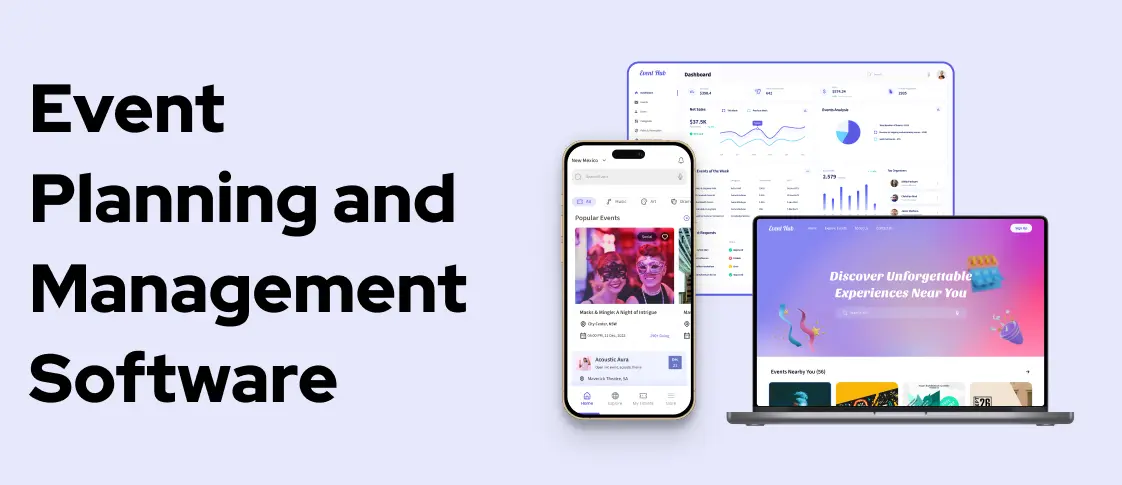
Event Planning Software for Small Teams: Affordable and Effective Options

Top Online Therapy Platforms for Depression Support

Top Forex Trading Platforms in 2025
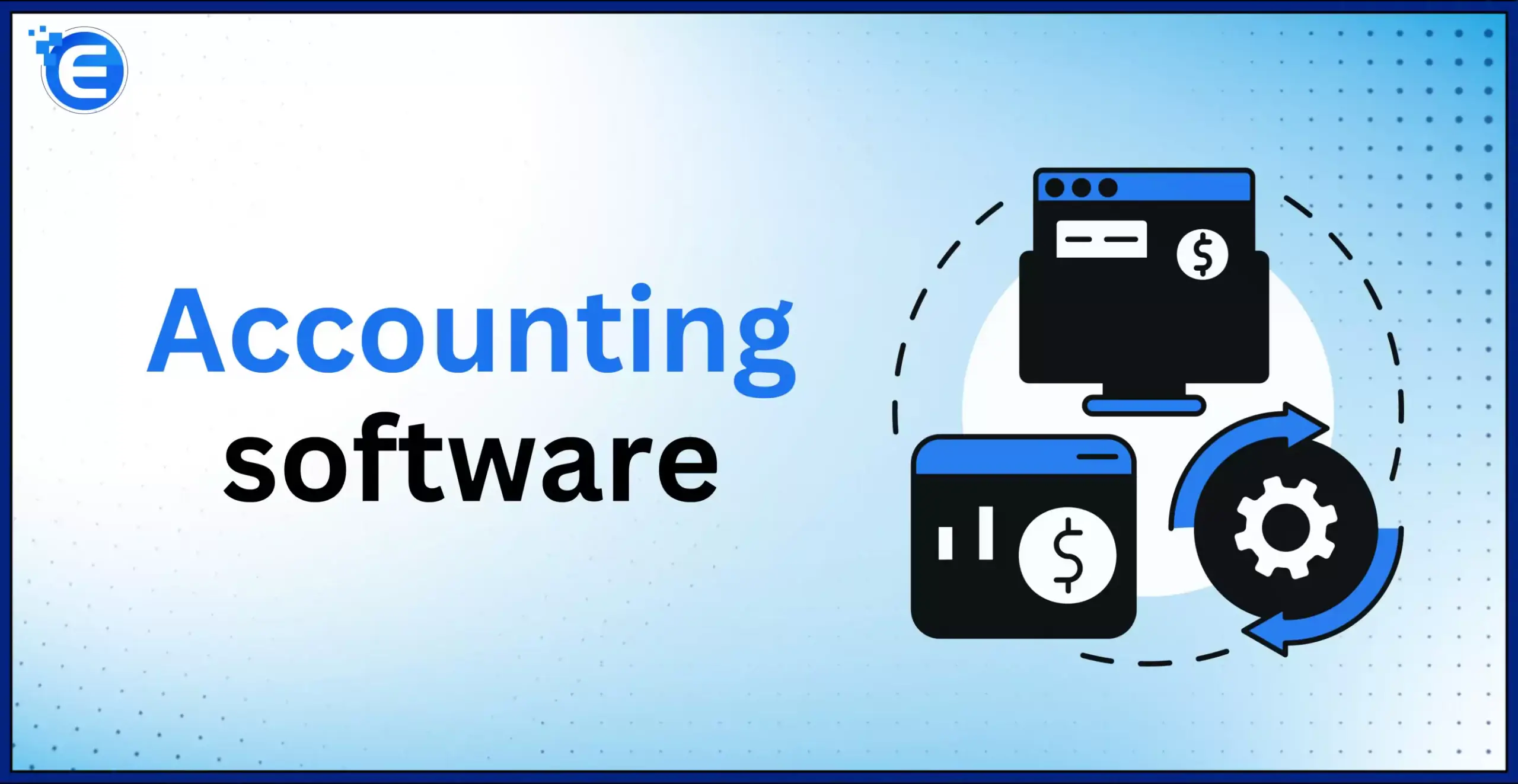
Top Small Business Accounting Tools for 2025
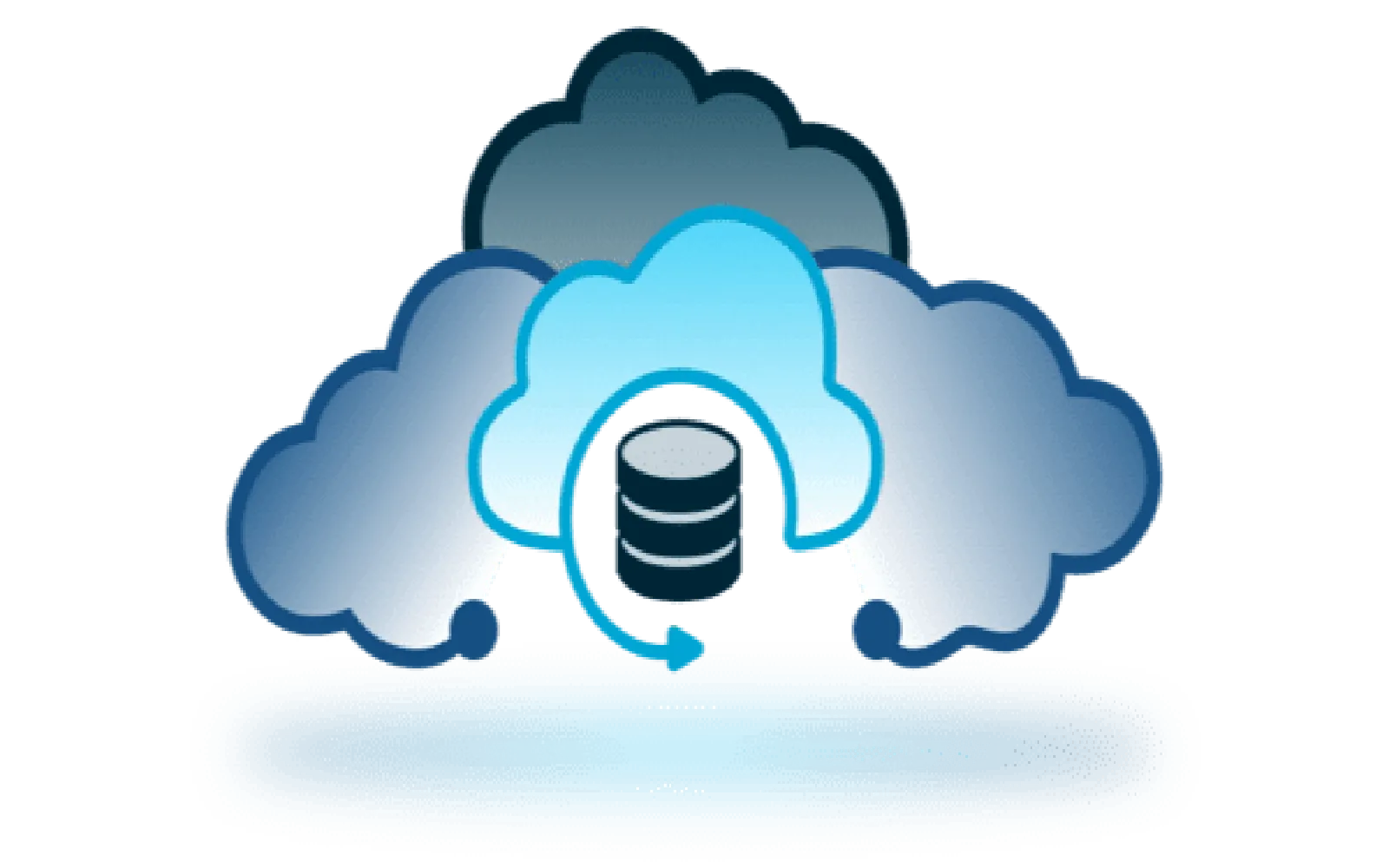
Best Cloud Backup Tools to Protect Data in 2025
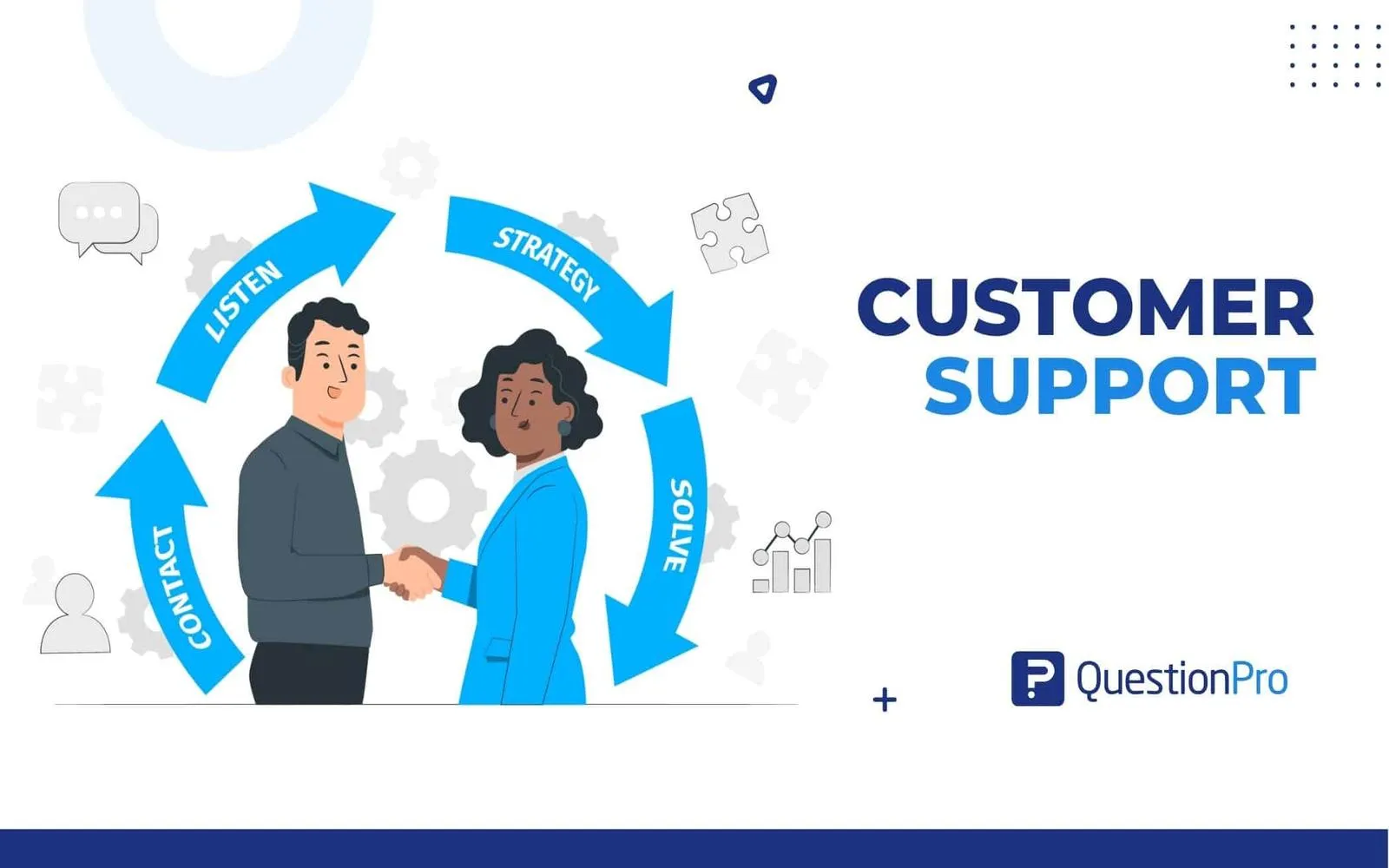
Top Customer Support Tools for Small Business
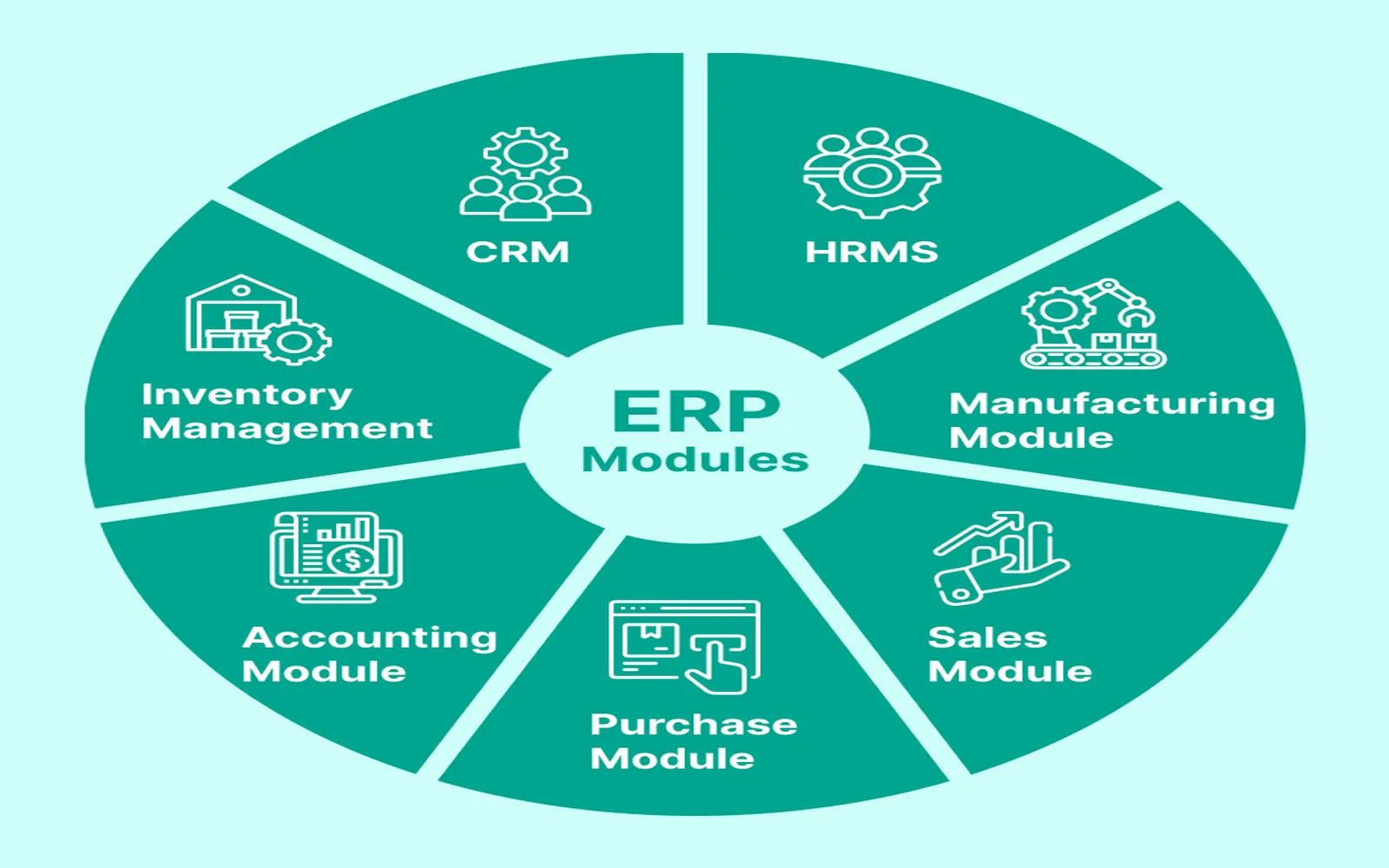
Top ERP Tools to Power Small Business Growth
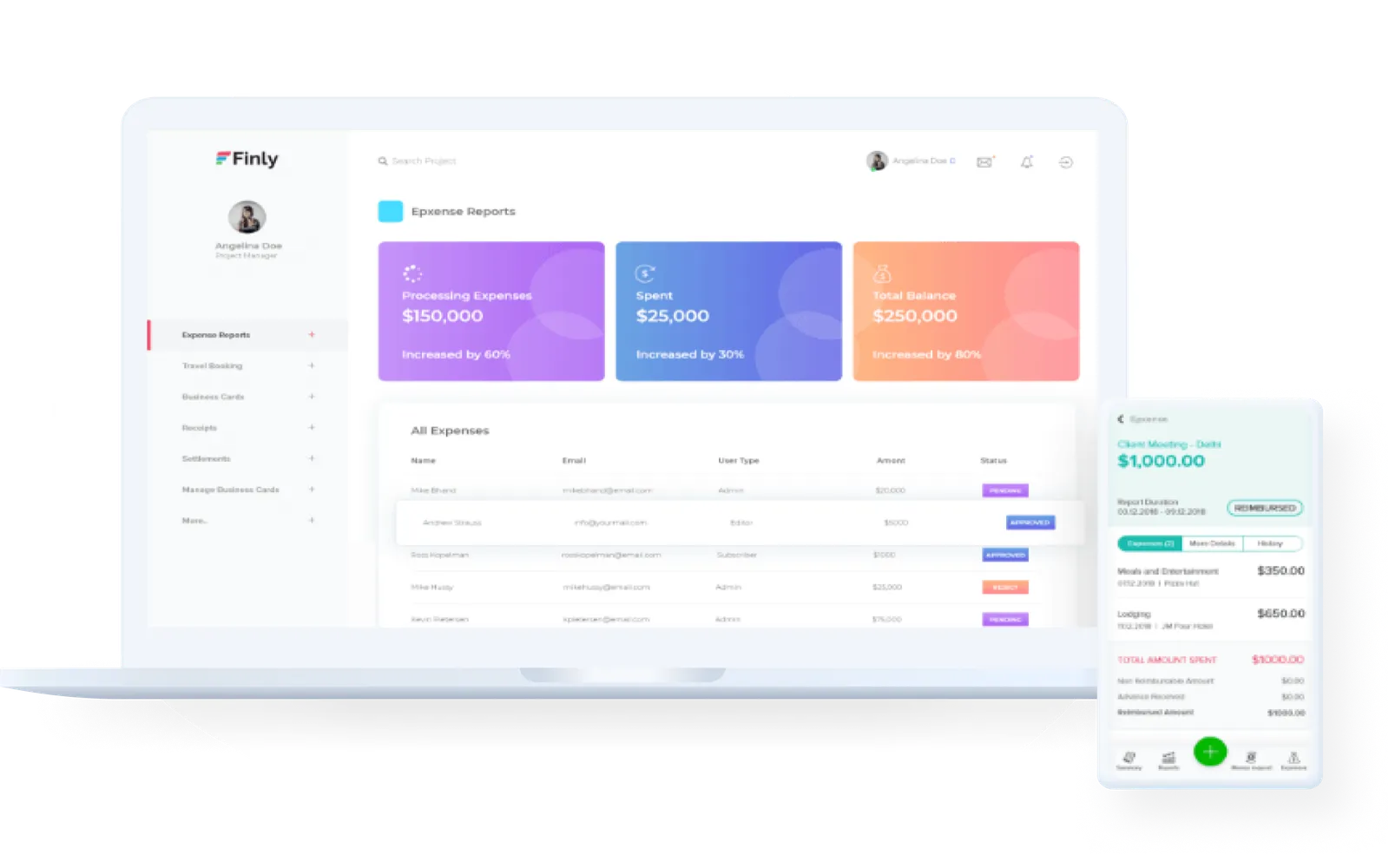
Top Expense Management Tools in 2025
